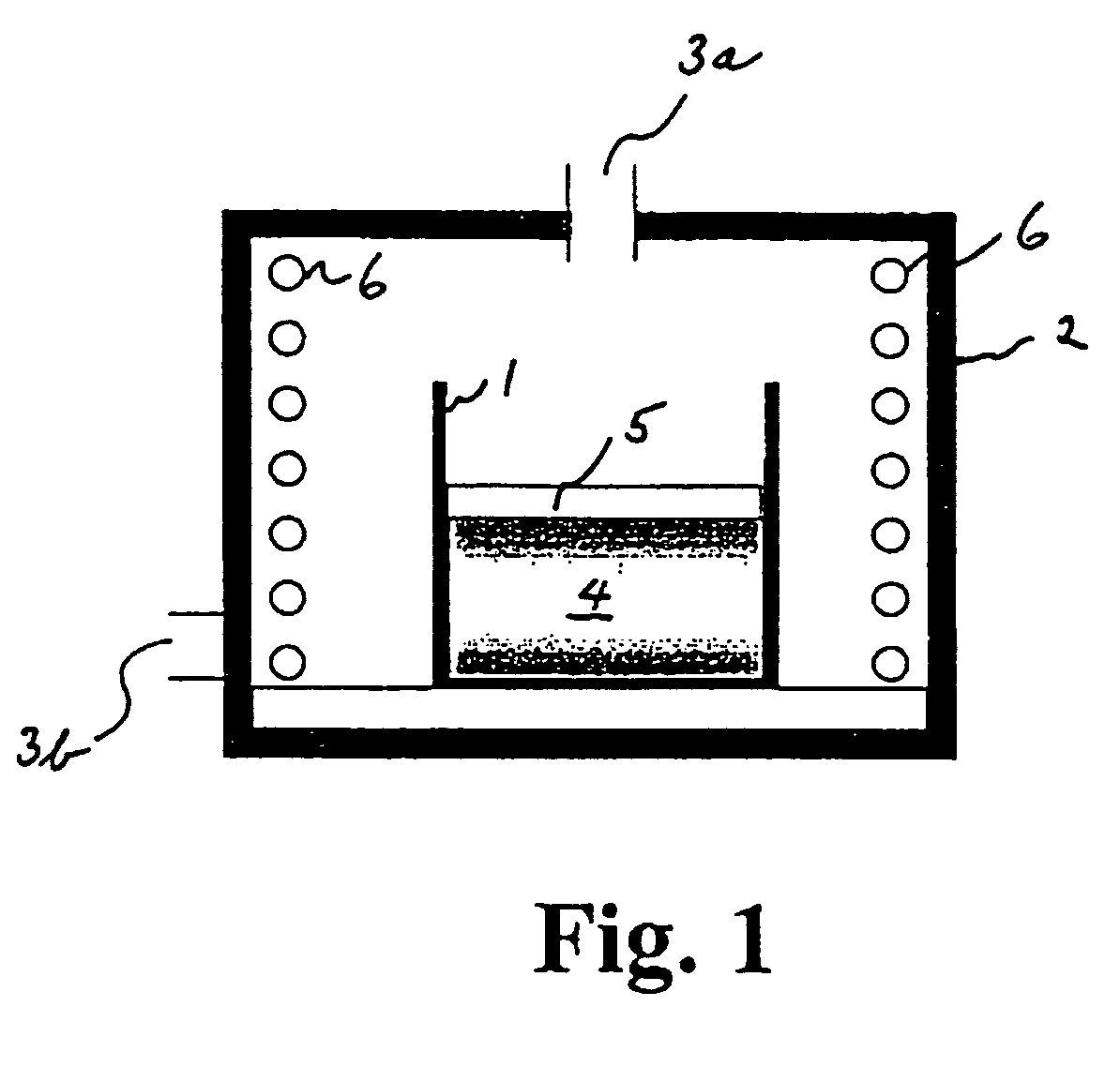

These mixed crystals are formed by thermal treatment of a mixture of the individual oxides at high temperatures typically between 800-1000 ☌ under certain atmospheric conditions. As the term implies, a lithium metal oxide is a mixed crystal of lithium oxide and oxides of other metals. On the one hand this can be achieved by the right choice of raw materials and on the other hand by a controlled production process of cathode powders. The microstructure of the cathode must therefore be precisely adjusted. for the distance electric vehicles can drive, is influenced by the above mentioned microstructural parameters. Especially the energy density, which is of great importance e.g. These influence the electrochemical characteristics of the battery, which is subsequently produced from it. The microstructure, morphology, particle size and degree and type of possible contamination in the powder play a decisive role in the selection of the powder as a suitable material for use as a cathode in a lithium ion battery (LiB). Lithium metal oxides are produced as solid powders. For this reason, most lithium ion batteries can be described as a socalled lithium metal oxide cathode. Only the metallic element cobalt is often completely or only partially replaced by other metallic elements such as nickel and manganese. In most cases, however, lithium and oxygen are still an essential part of the system. In the last few years, however, many alternative material systems have been developed and used.

In the conventional lithium ion batteries, lithium cobalt oxide is used as the cathode. The Teslarati team would appreciate hearing from you.Calcination of Cathode Active Material (CAM) for Lithium Ion Batteries The positive electrode in the battery is often referred to as the “cathode”. Straubel, co-founder of Tesla, emphasized the need to assess the battery supply chain and trace it all the way back to the mines. In an interview earlier this month, Redwood Chief Executive J.B. The company noted that the logistics for a single component like a cathode “contributed enormously to the overall cost and carbon footprint.” These two products will become a closed loop and re-use all of the critical lithium, copper, nickel and cobalt that we already recover from old batteries!” said the company’s announcement.Īs part of its plans, Redwood expressed the intent to tighten the existing battery supply chain logistics. We plan to transform the lithium-ion battery supply chain by offering large-scale sources of these domestic materials produced from as many recycled batteries as available and augmented with sustainably mined material. “Redwood will produce strategic battery materials in the US, first supplying battery cell manufacturing partners with anode copper foil and cathode active materials. In September, Redwood announced its foray into producing sustainable battery materials as part of its mission to “close the loop” on the life cycle of electric vehicles and energy storage products. By 2030, Redwood expects the facility’s production output to scale up to 500 GWh per year of materials, producing enough batteries for 5 million vehicles. It aims to produce 100 GWh per year of active cathode materials and anode foil for 1 million EVs. Early next year, Redwood plans to announce the site of a battery materials manufacturing facility in North America.


 0 kommentar(er)
0 kommentar(er)
